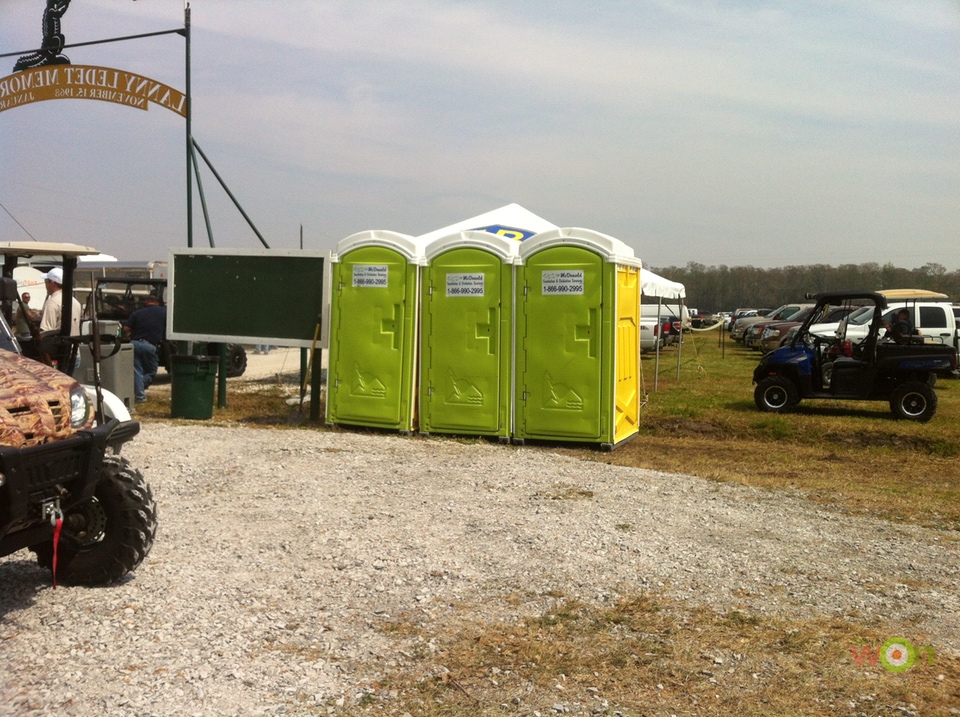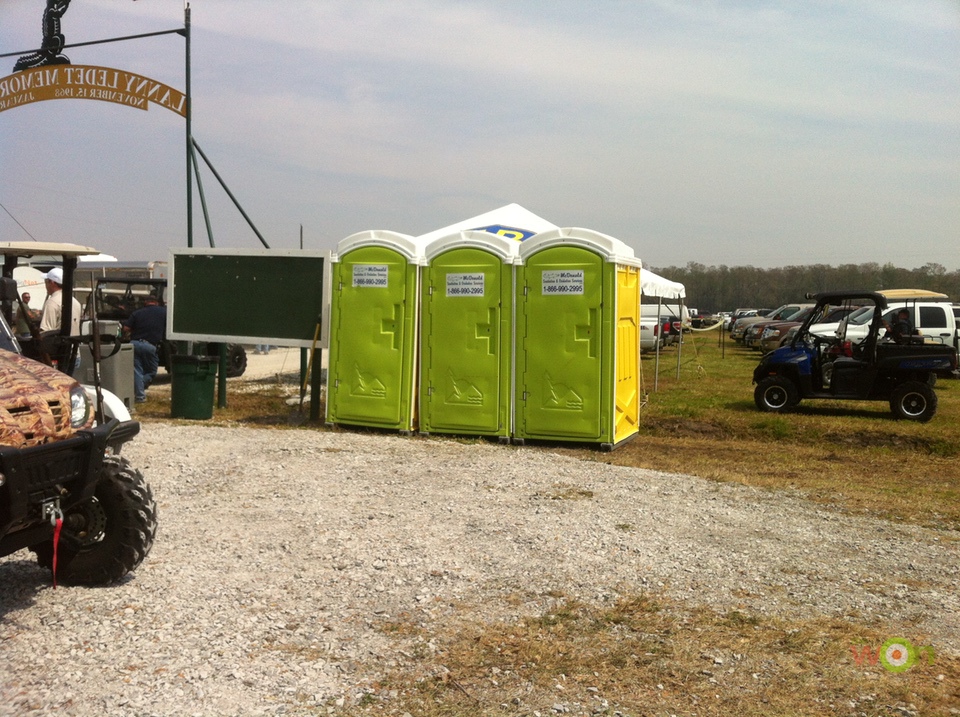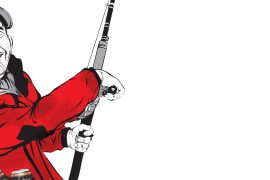For a lot of people, “going shooting” is a great social activity that can include beginners, intermediate and competitive shooters. Last Easter, while at the Hill County Resort in San Antonio, I took my family out to the National Shooting Complex to shoot sporting clays. We had a great time without any pressure of keeping score…although my older sister, Katherine, has a really hard time not being competitive with her younger sisters at everything!
Syren Savvy is sponsored by Syren
I highly recommend doing this on a regular basis to enjoy the company of your family and friends, and, more important, to introduce new shooters into the game—whether it be skeet, trap or sporting clays (I’m biased toward sporting clays). Anytime you can get people out and have them shooting and hitting targets—even if just a few—the chances of them doing it again go way up. Scorecards are optional, especially with beginners, although it’s nice to know how you did at the end. Local tournaments and charity events are also great for “going shooting,” since the targets are usually set for non-competitive shooters and can make for a good time and a worthy cause.
But if you’re serious about wanting to step up your game, then you need to approach your shooting like any athlete would their training. You need to emphasize nutrition, fitness, your mental game and, of course, practice.

1. Nutrition and Hydration: In the words of Molly Ringwald in The Breakfast Club, “I have a really low tolerance for dehydration.” This is as important as anything with shooting, and it’s one of the hardest things to do right when at an event. Expect that there won’t be healthy food or snacks at the event and pack your own for the duration, or map out the location prior to arriving so you know where the local grocery stores are. Bring snacks with you on the course. If your stomach is growling, you won’t be focusing on the birds and your scores will suffer. Have plenty of water and fluids to replace electrolytes.
While I hate using them, you should be using the Porta Potty during your sporting clays round; if you’re not, then you’re not drinking enough fluids. It’s especially key for shooters who live in arid climates and come to shoots with high humidity.
2. Upper body strength: We aren’t running a marathon, but it’s important to have the strength and endurance to handle a full round of sporting clays without getting fatigued. So many of the women that I do demos with realize very quickly that they lack the upper body strength to hold the gun up for even a short amount of time. I recommend that they stand in their living room or bedroom, and with their gun, mount up to the corner of the ceiling and wall, move across the wall to the other corner, and then lower the gun to a low mount position. And then go back again, doing 25 to 50 reps per day. Not only will you be able to handle the gun better, but you’ll also get some nice-looking arms to go with it.
3. Mental training is as important as everything else, if not more important. Even if your body is a temple and you’re at your peak physical condition, it’s all for naught if you can’t focus and get distracted out on the course or the shoot-off platform. In games like trap and skeet, there is a rhythm to the shooting, and unless there is a broken target or trap machine, there is a pretty defined amount of time it takes to shoot one round….





